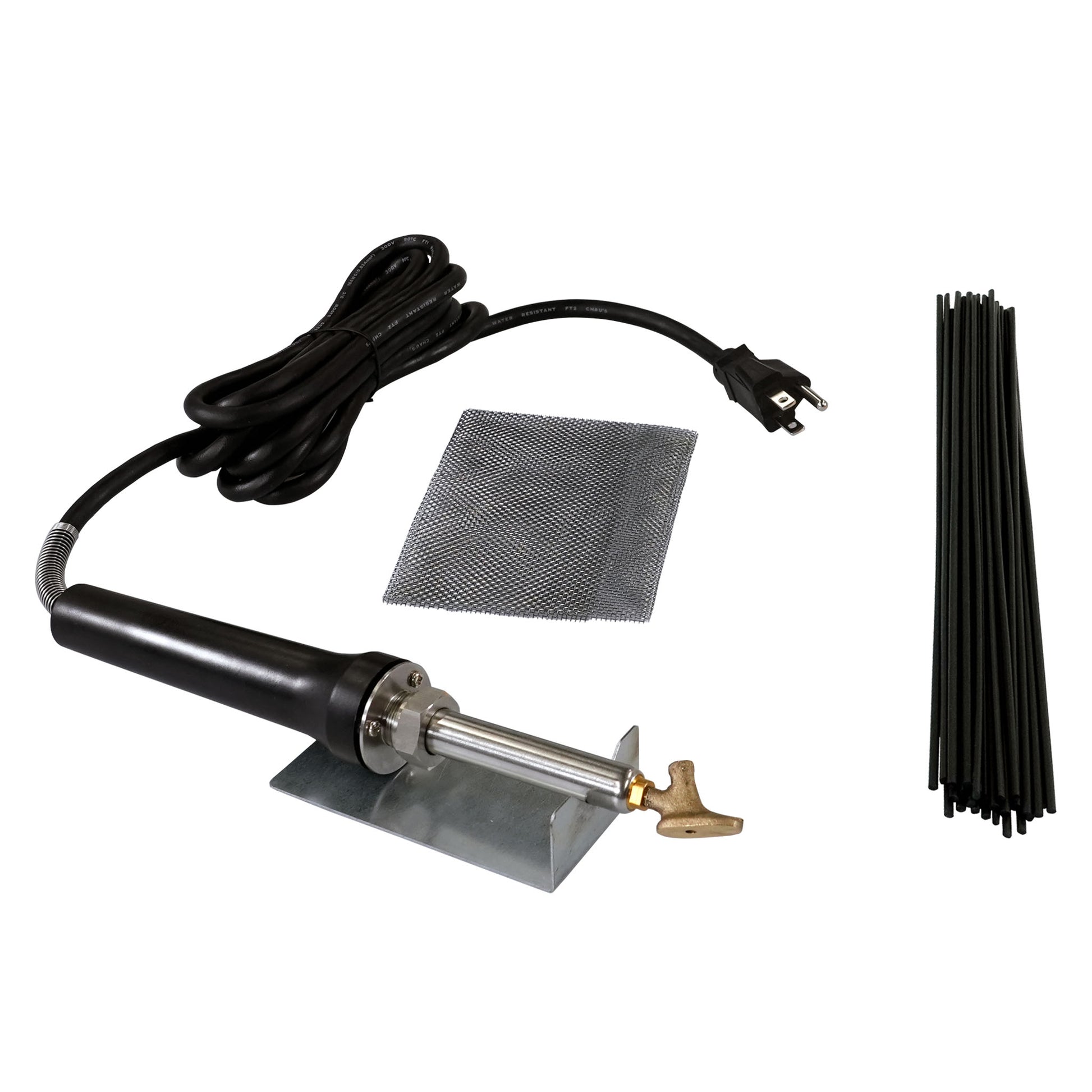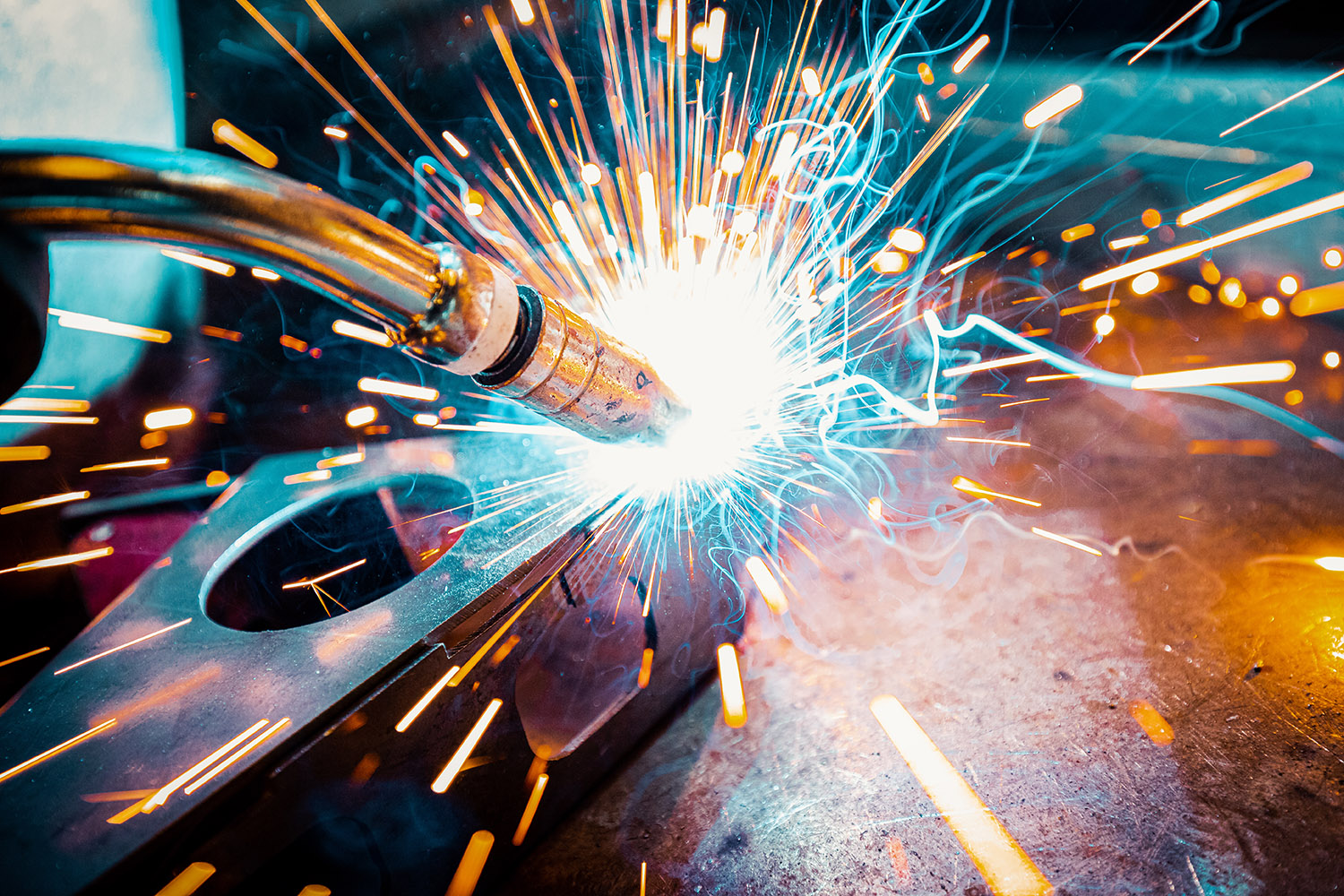Avoid welding failures with advice from Montana Mobile Welding and Repair Belgrade Fabrication
Typical Welding Repair Work Issues and Just How to Address Them Efficiently
Welding repair services typically run into a series of problems that can threaten the integrity of the last item. Usual troubles consist of inadequate penetration, porosity, and imbalance, to name a few. Each defect offers distinct challenges that call for details techniques for resolution. Understanding these issues is necessary for welders intending to boost their end results and abilities. This discussion will check out these typical welding repair work concerns and efficient approaches to address them.
Insufficient Penetration
Inadequate penetration takes place when the weld steel falls short to totally fuse with the base product, leading to weak joints and potential architectural failings. This concern typically stems from not enough warmth input, inaccurate electrode angle, or incorrect welding rate. Welders might run into poor penetration as a result of a miscalculation of the required specifications for a details material thickness or type. Additionally, contamination on the base material's surface can prevent reliable bonding, aggravating the issue. To resolve poor infiltration, welders ought to ensure proper setups on their devices and keep a clean work surface. Normal examination of welds is recommended to identify any kind of shortages early, allowing for prompt modifications and the prevention of compromised architectural honesty in welded settings up.
Porosity
Porosity is an usual flaw in bonded joints that manifests as tiny gas bubbles caught within the weld steel. This flaw can endanger the honesty of the weld, bring about minimized strength and potential failure under tension. Belgrade Fabrication. Porosity normally develops from contamination, moisture, or incorrect welding methods, which enable gases to run away into the molten weld swimming pool. To deal with porosity, welders ought to guarantee correct surface area preparation, keep a tidy workplace, and utilize appropriate welding criteria. Additionally, picking the ideal filler product and protecting gas can alleviate gas entrapment. Normal assessment and screening of welds can help recognize porosity early, guaranteeing timely corrective activities are taken, therefore protecting the quality and integrity of the welded structure
Imbalance
Imbalance in welding can occur from numerous elements, consisting of inappropriate arrangement and thermal expansion. Understanding the source is essential for efficient resolution. Several correction strategies are readily available to straighten parts and ensure structural integrity.
Reasons of Imbalance
Welding imbalance commonly comes from a selection of underlying issues that can endanger structural integrity. One primary reason is improper fit-up of parts prior to welding, which can bring about spaces and unequal surface areas. Variants in thermal expansion during the welding process can also lead to distortion, especially if the materials being joined have different coefficients of growth. Furthermore, inadequate securing and fixturing may fail to hold elements securely in area, leading to motion during welding. Improperly kept equipment, consisting of welding devices and devices, may present disparities in the weld grain, more adding to imbalance. Finally, operator mistake, coming from inadequate training or experience, can likewise play a considerable role in producing misaligned welds.
Modification Methods Offered
Addressing imbalance successfully calls for a mix of restorative methods tailored to the particular concerns handy. One usual approach is the usage of components or jigs to hold components in the correct setting throughout welding, making certain consistent positioning. Furthermore, preheating the products can help in reducing distortion and boost fit-up. For substantial imbalance, mechanical adjustment strategies, such as making use of hydraulic jacks or clamps, can be utilized to correct the position prior to welding. Post-weld warm treatment may also be essential to alleviate stresses triggered by imbalance. Lastly, careful evaluation and modification during the setup phase can prevent misalignment issues from coming to be substantial issues, advertising a smoother welding procedure and boosting total structural integrity.
Distortion
Distortion is a common obstacle in welding that can emerge from various factors, including unequal cooling and heating. Understanding the reasons of distortion is essential for applying efficient submerged arc welding prevention techniques. Resolving this issue not only boosts architectural honesty however also improves the total top quality of the weld.
Root causes of Distortion
When based on the extreme heat of welding, materials frequently go through adjustments that can bring about distortion. This phenomenon primarily emerges from thermal expansion and tightening throughout the welding procedure. As the weld location warms up, the material increases; upon cooling, it contracts, which can develop interior stress and anxieties. In enhancement, irregular home heating throughout a work surface can aggravate these stress and anxieties, causing bending or flexing. The sort find this of product likewise plays a substantial function; metals with varying thermal conductivity and coefficients of development may respond differently, leading to unforeseeable distortions. Bad joint style and inadequate fixturing can contribute to misalignment throughout welding, boosting the chance of distortion. Recognizing these causes is crucial for reliable welding repair service and prevention techniques.
Prevention Techniques
Reliable prevention techniques for distortion throughout welding emphasis on managing heat input and guaranteeing appropriate joint layout. Preserving a consistent warm input aids to reduce thermal expansion and tightening, which can result in distortion. Making use of techniques such as pre-heating the work surface can additionally minimize the temperature gradient, advertising consistent heating. Additionally, choosing appropriate joint layouts, such as T-joints or lap joints, can enhance stability and lower anxiety focus. Applying proper fixturing to safeguard the workpieces in position better help in keeping positioning during the welding procedure. Finally, staggered welding series can distribute warm extra equally, avoiding local distortion. By using these techniques, welders can substantially lower the probability of distortion and improve the general quality of their welds.
Fracturing
Breaking is an usual concern come across in welding repair services, frequently resulting from numerous factors such as improper cooling prices, product option, or inadequate joint preparation. The incident of splits can greatly endanger the integrity of the weld, causing possible failings during operation. To address this issue, welders need to initially examine the origin, guaranteeing that materials are compatible and properly picked for the details application. In addition, controlling the air conditioning price during the welding procedure is important; quick cooling can cause anxiety and result in fracturing. Appropriate joint style and preparation additionally add to lessening the danger. Carrying out these methods can improve weld quality and resilience, eventually decreasing the likelihood of cracking in completed weldments.

Insufficient Fusion
A significant problem in welding fixings is insufficient blend, which happens when the weld metal does not appropriately bond with the base product or previous weld passes - Belgrade Welding. This flaw can result in weak points in the joint, possibly endangering the stability of the bonded framework. Elements adding to insufficient combination include insufficient warm input, improper welding method, and contamination of the surface areas being joined. To address this problem properly, welders must ensure correct pre-weld cleaning and surface area preparation, as well as that site readjust their welding parameters to achieve appropriate infiltration and combination. Normal evaluation during the welding procedure can additionally aid identify incomplete combination early, enabling for timely corrective procedures to boost the overall high quality of the weld
Overheating
While welding repairs can enhance structural integrity, overheating presents a considerable obstacle that can bring about product destruction. Excessive warmth throughout welding can modify the mechanical properties of steels, leading to decreased stamina, boosted brittleness, and bending. This sensation is especially essential in high-stress applications where architectural dependability is critical. Recognizing getting too hot can involve aesthetic inspections for staining or distortion, along with checking temperature level during the welding process. To mitigate the threats related to overheating, welders should use proper methods, such as regulating warmth input, adjusting travel speed, and utilizing ideal filler products. In addition, carrying out pre- and post-weld heat treatments can aid bring back material homes and enhance the total quality of the repair, making certain lasting performance and security.
Frequently Asked Inquiries
What Are the Usual Indications of a Welding Defect?

Exactly How Can I Examine My Welds for Top quality?
To examine welds for top quality, one can make use of visual evaluations, ultrasonic testing, and radiographic methods. Each technique guarantees structural stability, determines issues, and verifies adherence to specified requirements, eventually boosting the integrity of the bonded joints.
What Safety and security Preventative Measures Should I Take While Welding?
When welding, one must focus on safety and security by using proper personal safety tools, ensuring correct air flow, protecting combustible materials away, maintaining a tidy office, and being conscious of surroundings to avoid injuries and accidents.
Can I Fix a Weld Without Renovating the Entire Joint?
Fixing a weld without redesigning the entire joint is feasible, relying on the damage (Belgrade Fabrication). Methods such as grinding, including filler material, or using a welding process can successfully attend to details imperfections while protecting the surrounding structure
What Equipment Are Vital for Effective Welding Services?
Vital devices for efficient welding repair work consist of a welding machine, cable brush, grinder, protective equipment, clamps, and filler products. Each device plays an important duty in ensuring top quality and security during the repair procedure. Porosity typically develops from contamination, dampness, or incorrect welding strategies, which permit gases to leave into the liquified weld swimming pool. Badly conserved equipment, including welding equipments and devices, may introduce variances in the weld grain, additional adding to misalignment. When subjected to the extreme warm of welding, products typically undertake adjustments that can lead to distortion. Breaking is a typical problem run into in welding repairs, usually resulting from various factors such as inappropriate air conditioning prices, product selection, or inadequate joint preparation. A considerable issue in welding repairs is incomplete combination, which happens when the weld metal does not adequately bond with the base product or previous weld passes.